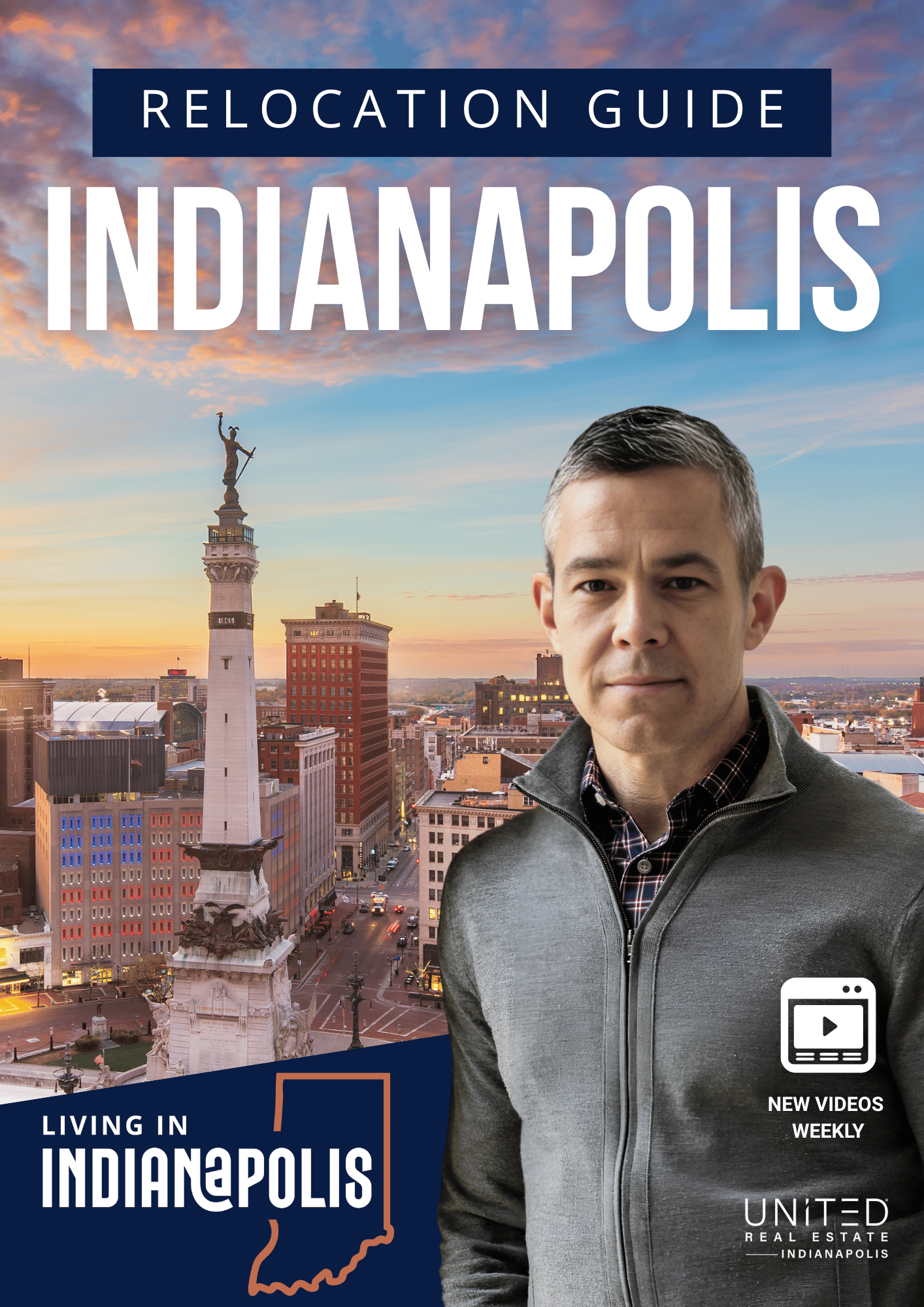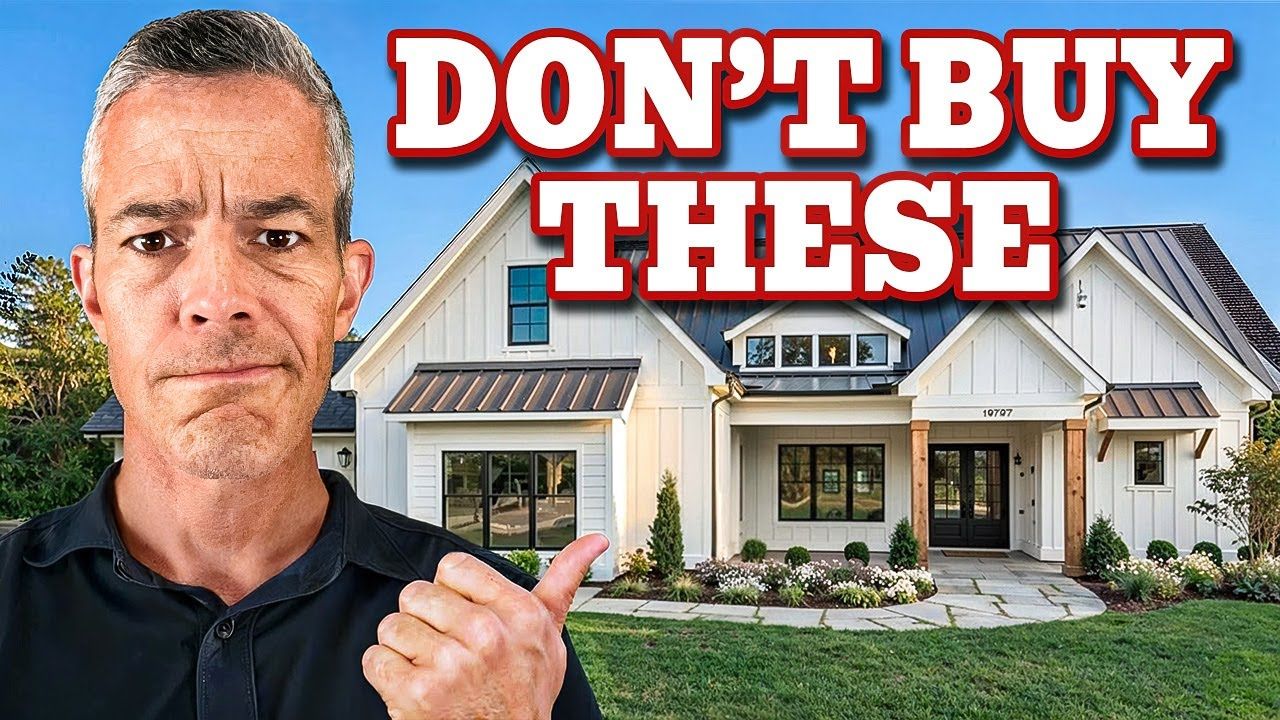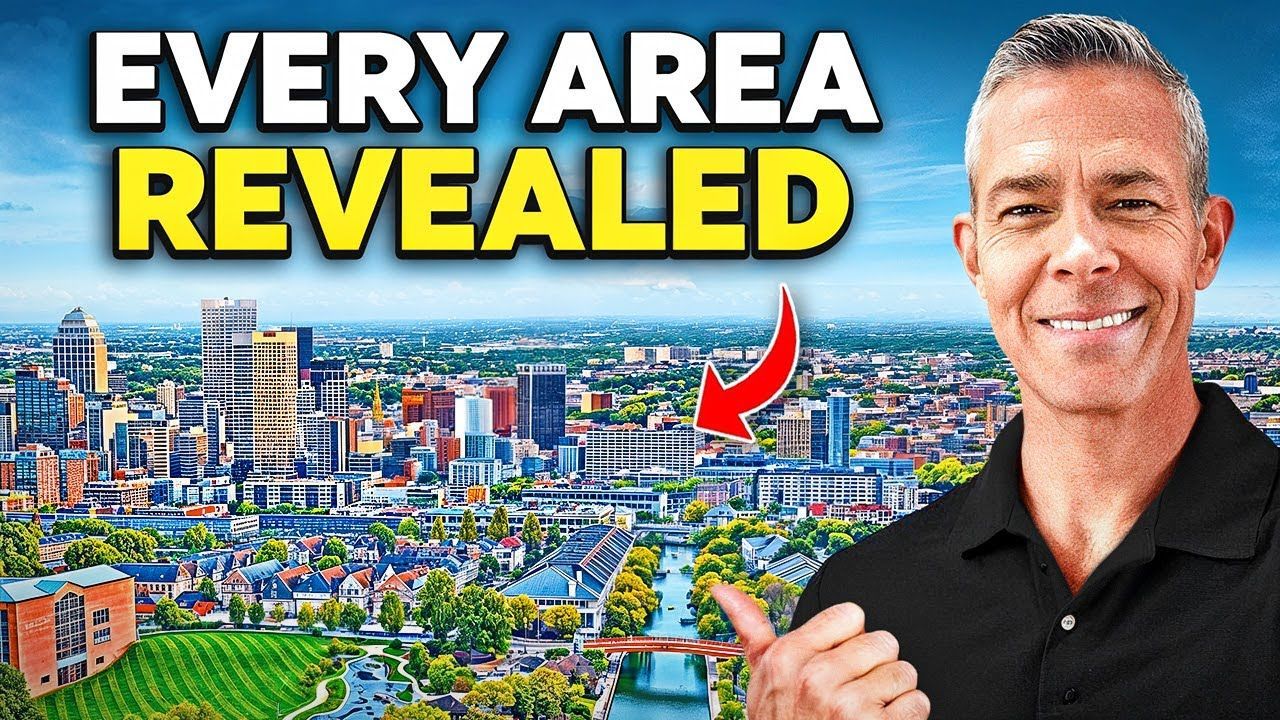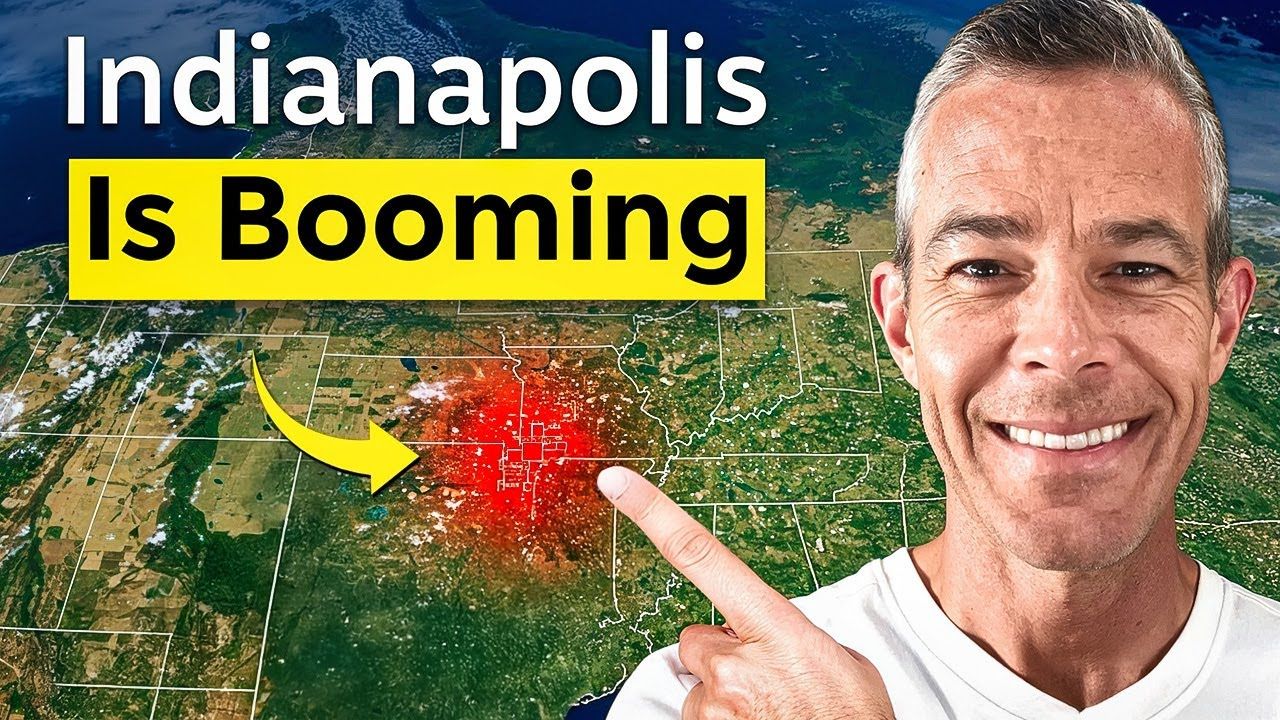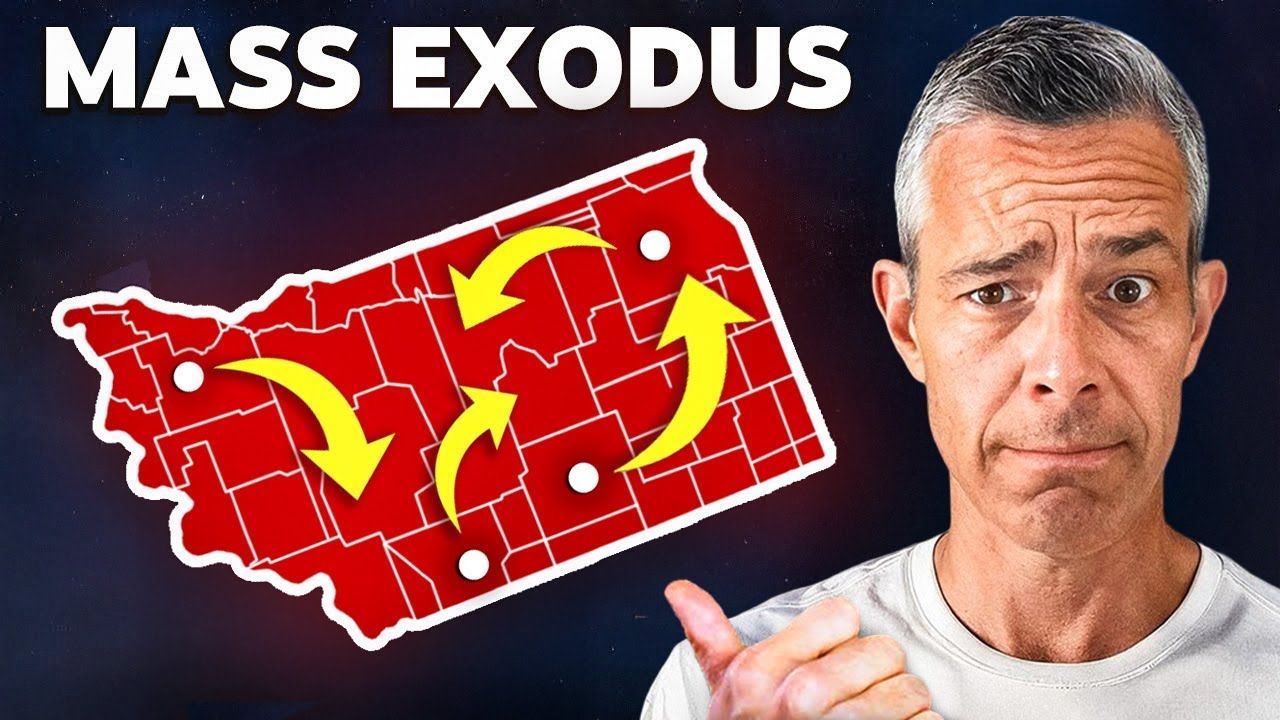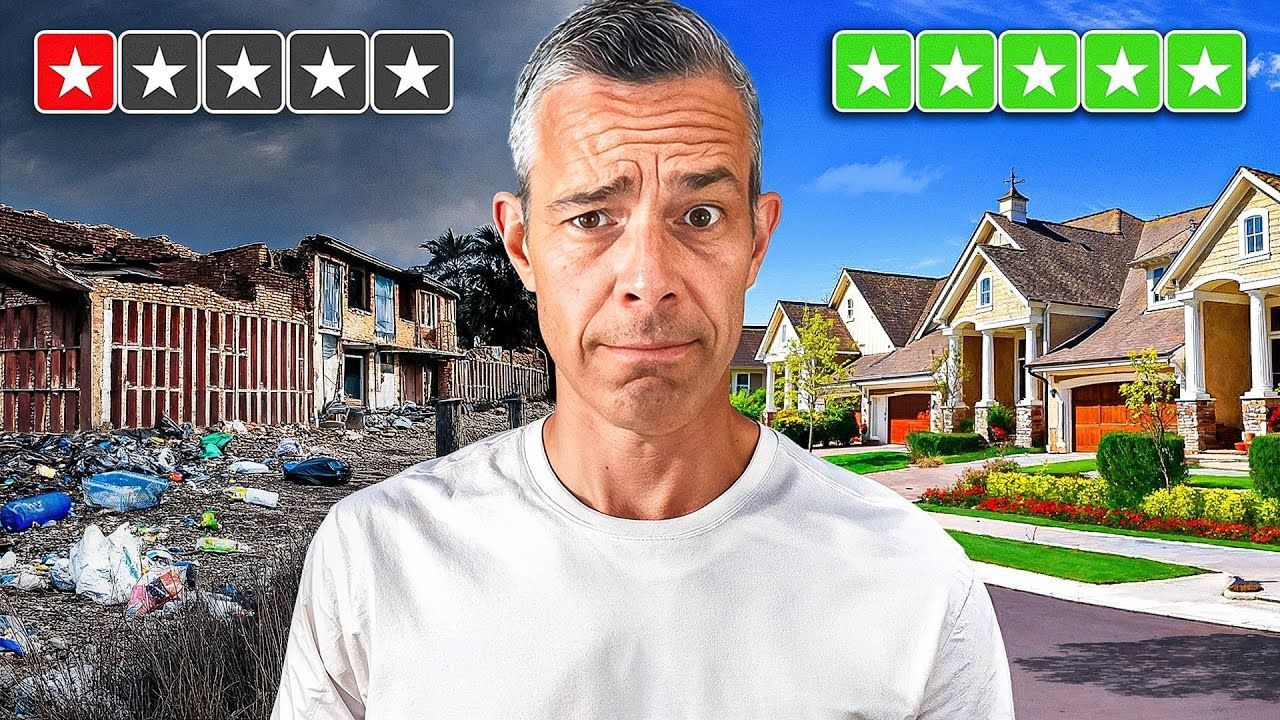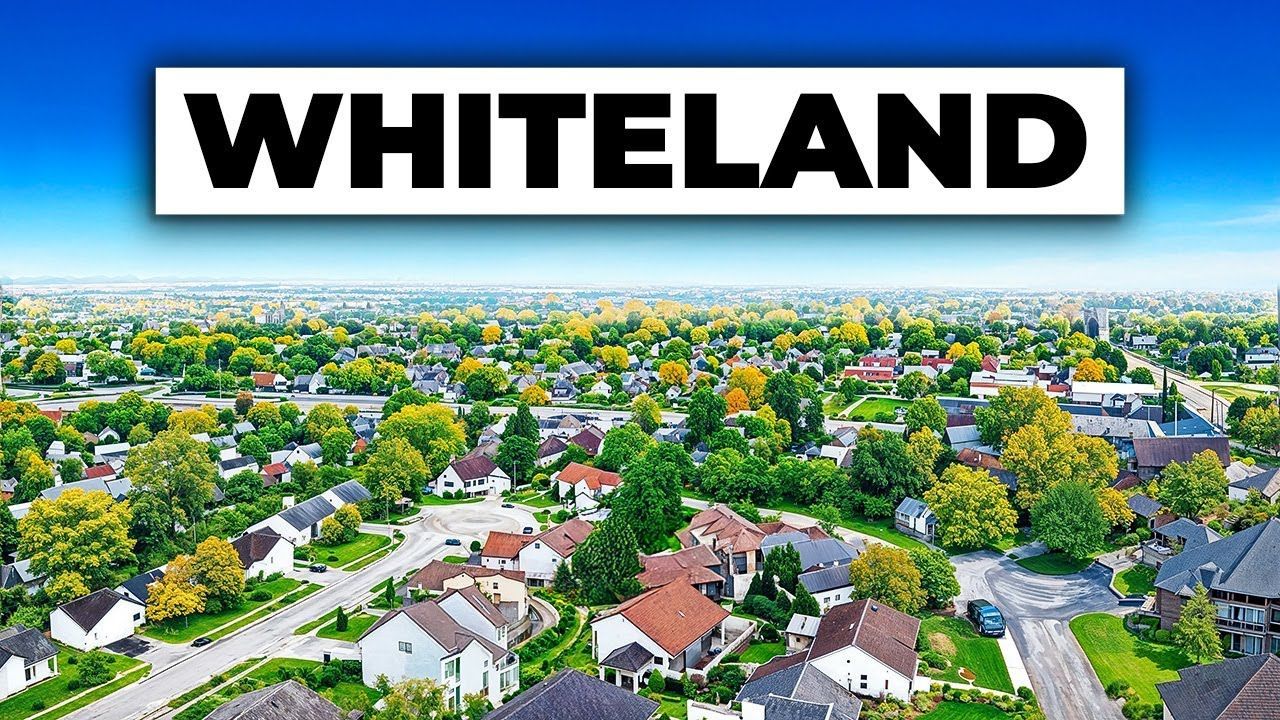Living in Franklin, IN - Indianapolis' Most Underrated Suburb
Hi — I’m Jason Compton with Living in Indianapolis, and if you’re reading this you’re probably exploring whether Franklin should be on your shortlist. Over the past few years Franklin has quietly become one of the most talked-about small cities south of Indianapolis. In this guide I’ll walk you through five compelling reasons to consider making Franklin home, what to expect day to day, and one important caveat that might matter more than you think. If you’re researching living in Franklin, this is your deep dive into the vibe, the practicalities, and the decisions you’ll want to make before packing boxes.
Table of Contents
- Introduction: Why Choose Franklin, IN
- Five Reasons Franklin Is Worth Considering
- The Caveat: “If You Live in Franklin, You’re Going to Live in Franklin”
- Franklin, IN Neighborhoods, Housing Styles, and What to Expect in a Home Search
- Franklin, IN Travel Guide: How to Plan a Visit and What to See
- Practical Tips for Families and Buyers Relocating to Franklin, IN
- FAQs About Living in Franklin, IN
- Final Thoughts — Is Franklin Right for You?
Introduction: Why Choose Franklin, IN
When people picture “small city” living with charm, they often think of tree-lined college campuses, a lively downtown square, local festivals, mom-and-pop shops, and everyday conveniences without the hustle of big-city life. That’s exactly what living in Franklin feels like. With a population of roughly 26,000, Franklin is small enough to feel intimate yet large enough to offer the amenities most people expect from suburban life.
Over the last decade, Franklin has seen steady growth — not explosive, but consistent. This means more neighborhoods, new construction options, and a shrinking gap between Franklin and Indianapolis. The end result? Living in Franklin gives you the perfect balance: a growing city with increasing recognition and still some affordability compared to many Indianapolis suburbs. So if you’ve been searching for what life is really like when living in Franklin, you’re in the right place.
VIEW HOMES FOR SALE IN FRANKLIN, IN
Five Reasons Franklin Is Worth Considering
1) Personality and the small-town vibe
The first thing you’ll notice about Franklin is the personality. The downtown square alone does more to define the city’s identity than several other towns combined. Festivals, weekend music on the stage, a generous park with a splash pad for kids, and a walkable downtown all add up to a place that feels lived-in and loved. For many people moving from larger metros, Franklin is what they picture: cozy sidewalks, coffee shops, and an active local scene.
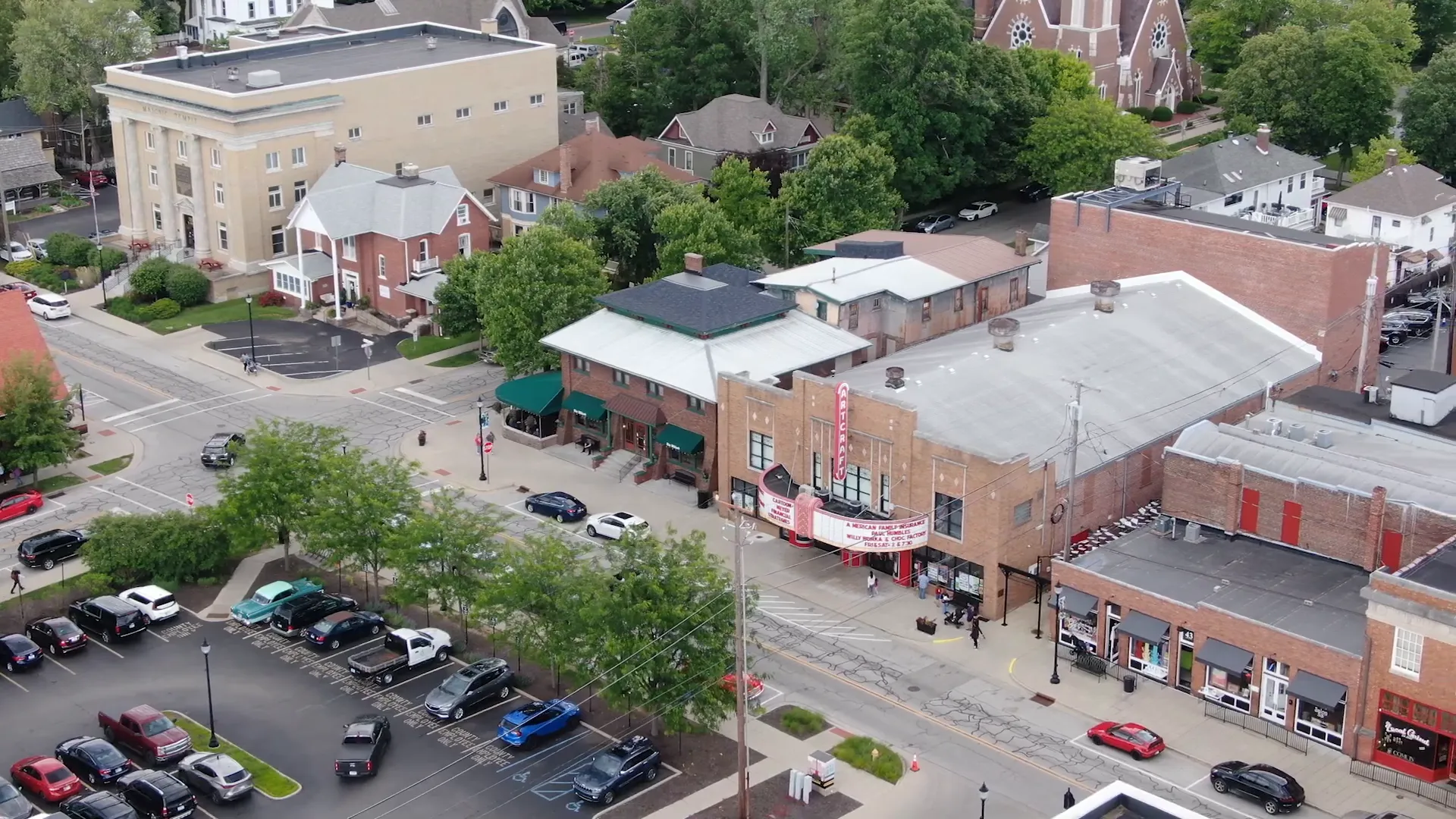
Part of that personality comes from Franklin College. The campus is integral to the feel of the east side of town — mature trees, historic architecture, and a steady stream of students and events that help create a cultural heartbeat. Franklin College isn’t huge — you’re looking at roughly a little over one thousand students — but it’s the kind of presence that lifts arts, sports, and community programming without overwhelming the city.
2) Affordability — still reasonable now, but changing
If cost is a major factor in your move, Franklin is a strong contender. Compared to the north-side suburbs — places like Carmel, Fishers, or Westfield — Franklin generally offers lower prices for similar homes. On the west side (Avon, Plainfield, Brownsburg) prices have been climbing and many of those places now close the gap in desirability, but Franklin remains more affordable than the premium north suburbs.
You’ll find a mix of housing options: historic homes in Old Franklin with a lot of charm (and potentially a need for renovation), well-kept mid-century houses, and pockets of new construction that appeal to buyers wanting modern layouts and energy efficiency. Because growth here has been steady but not explosive — the population increased by a few thousand over the past decade — there’s still room to find value. That said, that gap between Indianapolis and Franklin is gradually filling, so affordability is likely to compress over the next 10–20 years.
3) Proximity and commutes — close enough for most, but know what you’re signing up for
Proximity to Indianapolis is one of Franklin’s strongest selling points — and also something that merits honest thinking. Franklin does not share a border with Indianapolis; it sits south of the metro, separated from the urban core by a ribbon of suburbs that are getting more connected each year. In practical terms, that means reasonable drives to key destinations:
- Approximately 35 minutes to the Indianapolis International Airport (I-65 northbound) in light traffic.
- Around 40 minutes to downtown Indianapolis, depending on traffic.
- Trips to the north side (Carmel, Fishers) can take significantly longer — often over an hour.
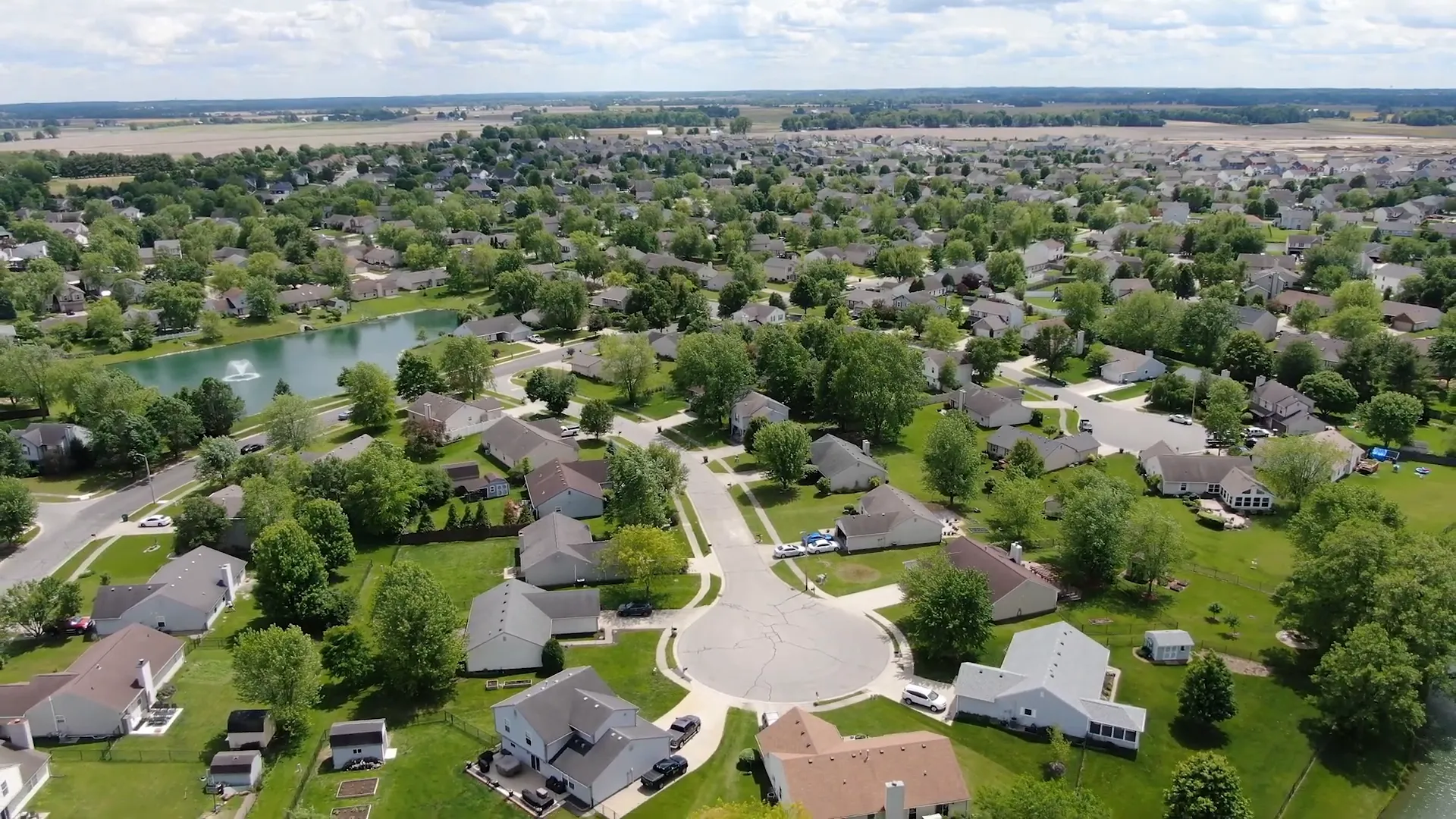
If your daily commute is to the south or downtown Indianapolis, Franklin’s commute is often tolerable. If you work on the north side, expect more driving time. I tell clients that around here a 30-minute commute is a psychological tipping point for many people: under 30 feels reasonable; much over 30 starts to feel like a sacrifice. Your tolerance may differ if you’re used to larger metros, where longer commutes are the norm.
4) Schools that balance size and opportunity
Franklin Community Schools are a consistent highlight when people ask about family-friendly attributes. The high school is smaller than many Indianapolis-area powerhouses — roughly 1,700 students — which keeps competitions and academics in a more community-centered environment. That size is big enough to offer variety (bands, show choirs, multiple sports, clubs) but not so large that opportunities are limited to only the most elite students.
Even if you don’t have school-age children, school quality affects home values and neighborhood desirability. Franklin’s schools are well-regarded in the region, and many buyers consider that an important part of the package when they’re comparing towns.
5) Amenities and everyday conveniences
One of the common fears people have about small cities is the lack of day-to-day conveniences. Will I have a grocery store? A hardware store? A decent selection of restaurants? Franklin answers those questions with a yes. You’ll find chain stores like Lowe’s and Walmart alongside multiple grocery options and the usual fast-food and mainstream chain selections. But the charm is that those are supplemented by local businesses, unique shops, and restaurants that give Franklin its personality.
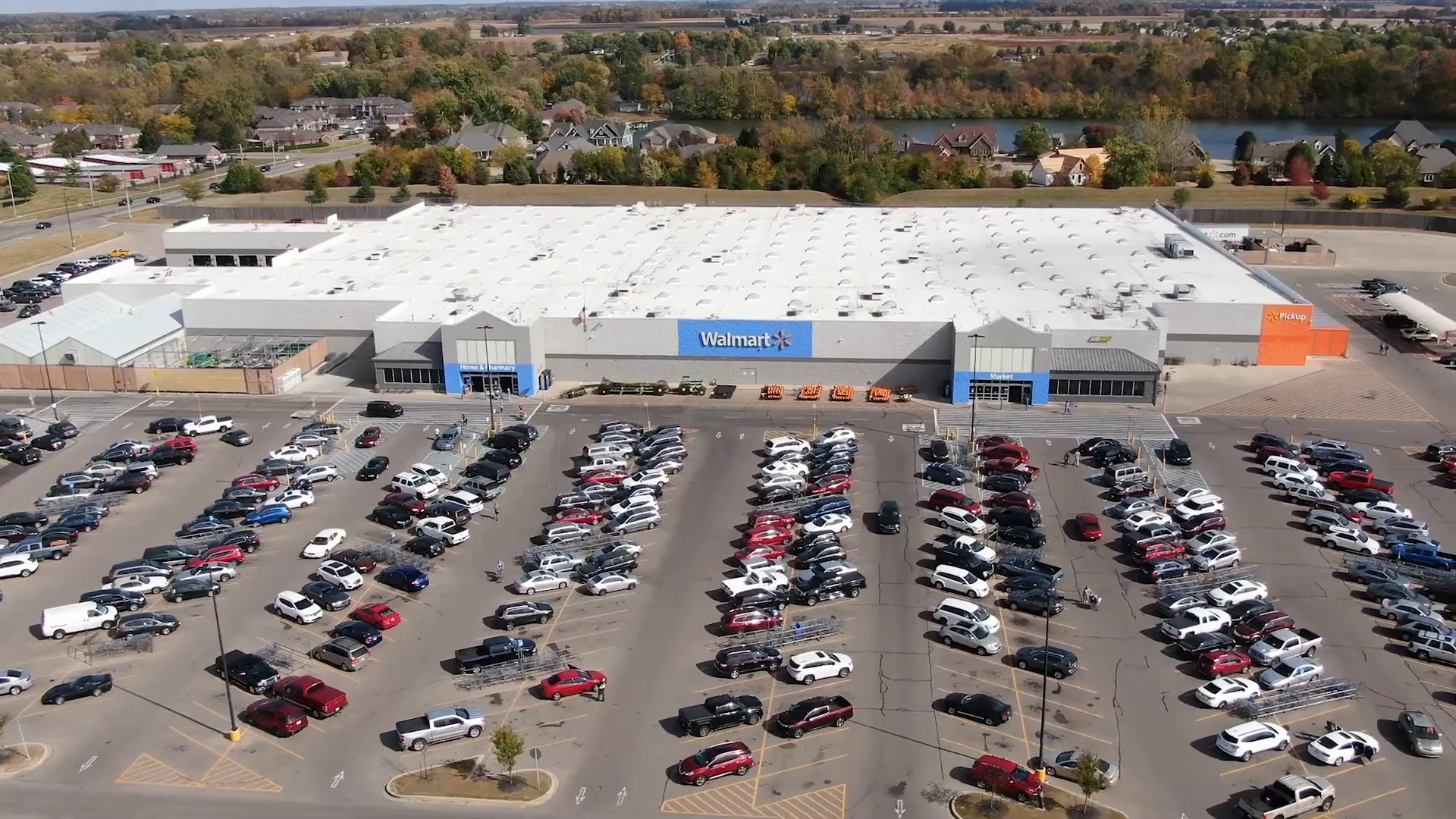
For most people moving from larger cities, Franklin hits the sweet spot: access to the basics without losing the sense that you’re supporting local entrepreneurs. It’s big enough for convenience, but small enough to feel familiar and community-driven.
The Caveat: “If You Live in Franklin, You’re Going to Live in Franklin”
This is the part I always tell people considering places further out from the metro: your location shapes your life. Franklin is close enough to Indianapolis that you can commute, run errands in the city, and enjoy occasional downtown events — but it’s also far enough that those trips become planned activities rather than spontaneous outings.
What does that mean practically? Expect to do most of your living within Franklin and its immediate neighbors. If you’re someone who wants to run down to the city for a late-night concert or a random dinner on a work night, you might find yourself doing that less than you think. If you want a lifestyle where the bulk of your social life, shopping, and recreation happens within a 10–20 minute radius of home, Franklin is an excellent fit.
On the other hand, if you’re building a life centered around the north-side professional scene, specialized entertainment, or a short commute to a north-suburb job, Franklin could feel inconvenient long-term. That’s not to say people in Franklin don’t travel into the city — they absolutely do — but it’s a consideration that should weigh on your choice.
Franklin, IN Neighborhoods, Housing Styles, and What to Expect in a Home Search
Franklin’s housing market gives you options:
- Historic Old Franklin — tree-lined streets, 19th- and early 20th-century homes, porches, and character. Great if you love charm and are ok with restoration projects or updates.
- Established mid-century neighborhoods — practical homes with updates, larger lots in some areas.
- Newer subdivisions and modern builds — subdivisions offering contemporary plans, energy-efficient construction, and community amenities.
- Townhomes and smaller-lot developments — for buyers looking to downsize or minimize maintenance.
When you search for a home here, bring a checklist: desired commute time, school preferences, single-story vs two-story, yard size, and renovation tolerance. If you want a century-old gem, know the likely maintenance and potential for hidden costs. If you want turnkey, the newer subdivisions will often match that need for a similar price point to more expensive suburbs.
Make a seamless transition into your new home with this comprehensive guide. From neighborhood insights and moving checklists to local amenities and community highlights, you’ll have everything you need for a stress-free relocation.
Franklin, IN Travel Guide: How to Plan a Visit and What to See
If you’re serious about trying out Franklin, plan a visit that lets you feel the town at different times of day. I recommend:
- Visit the downtown square on a weekend — festivals like the strawberry festival show the community energy and local businesses in action.
- Walk around Franklin College — the campus gives you a sense of cultural life and public events.
- Check out the park and splash pad — a great way to see family life and local usage.
- Drive through Old Franklin and a newer subdivision — to compare housing styles and lot sizes.
- Pop into a local coffee shop or bakery — you’ll get a sense for friendliness and pace of life.
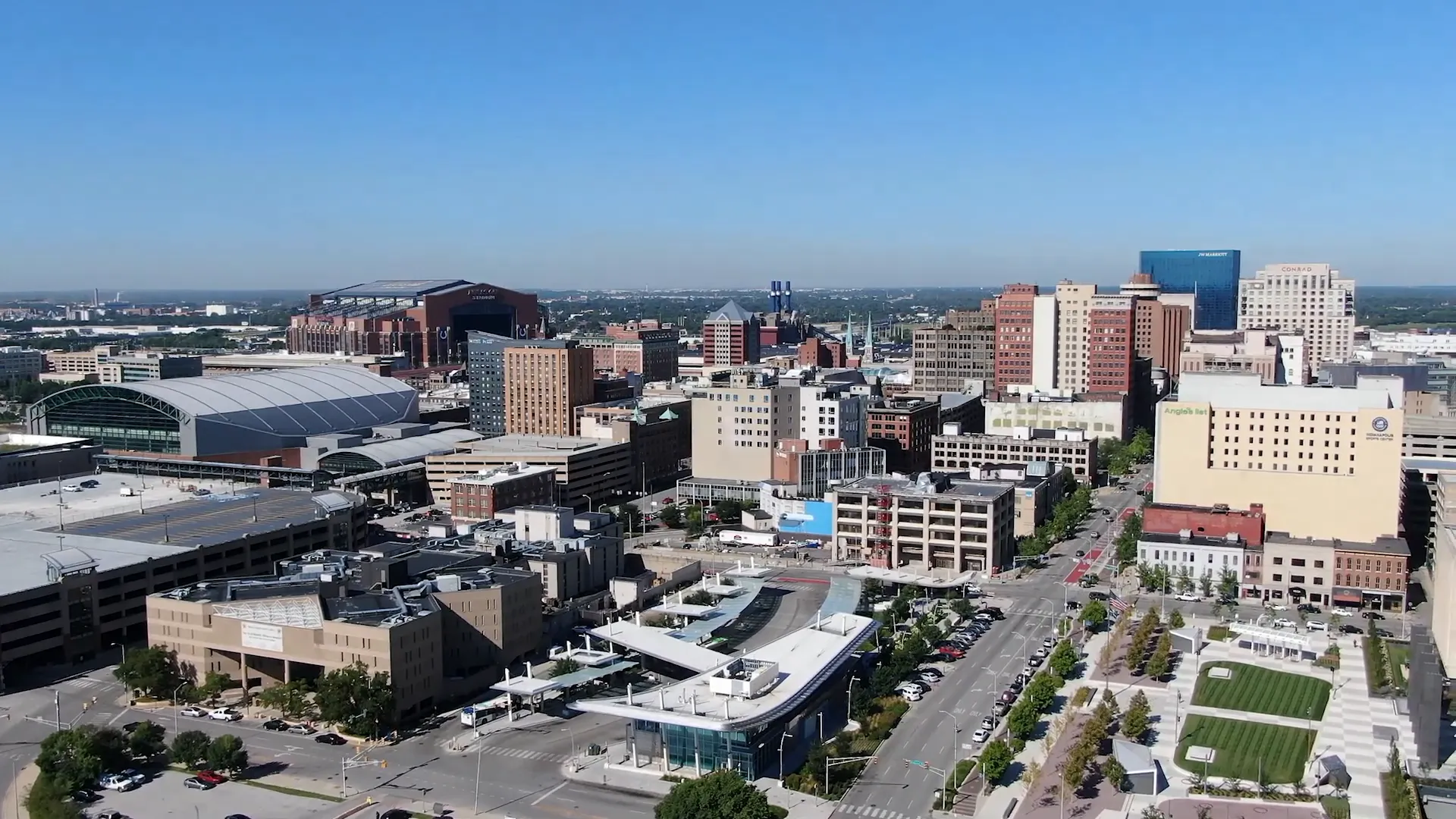
Taking the time to do these things will tell you quickly whether your personality aligns with Franklin’s tempo. Are you energized by neighborly interactions, local festivals, and a slower evening pace? Or do you prefer the immediate buzz and variety of a larger city? Your answers will matter.
Practical Tips for Families and Buyers Relocating to Franklin
- Budget for commute cost: If you’ll be commuting to downtown or the airport frequently, factor in fuel, wear and tear, and the mental cost of travel when comparing offers.
- Research schools early: If schools are a priority, reach out to Franklin Community Schools for enrollment details, program offerings, and extracurriculars.
- Inspect older homes thoroughly: Historic charm often means original systems. Bring a home inspector who specializes in older properties.
- Time your visit during an event: Festivals and college events reveal much about community engagement and the local vibe.
- Explore neighboring towns: The corridor between Franklin and Indianapolis is filling in — exploring nearby Greenwood, Whiteland, and New Whiteland helps you evaluate the overall region.
Download Your Free Relocation Guide
How Living in Indianapolis can help
For people relocating from outside the area, having a clear relocation framework reduces stress. My Living in framework and exploration app are built to do just that: suggest where to visit, what neighborhoods to compare, and what questions to ask during your trip. These tools are aimed at turning a list of towns into a manageable, prioritized plan so you can find the place that matches your lifestyle.
FAQs About Living In Franklin IN - MOST Underrated Indianapolis Suburb
How big is Franklin?
Franklin has a population of a little over 26,000, making it a small city — not a tiny town, but far from a metropolitan center. It feels intimate and community-focused while still offering the amenities people need.
Is Franklin part of the Indianapolis metro?
That depends on how you define metro boundaries. Practically speaking, Franklin functions as a suburb of Indianapolis in many ways, but it does not share a direct border with Indianapolis and maintains a distinct identity and separation.
What’s the commute like to Indianapolis?
Expect roughly 35 minutes to the Indianapolis International Airport on a good traffic day and about 40 minutes to downtown Indianapolis. North-side destinations like Carmel often take over an hour. Commute times are variable and depend on traffic and time of day.
How are the schools in Franklin?
Franklin Community Schools are well-regarded and maintain a size that provides balance — enough opportunities without the hyper-competitive environment found in very large districts. The high school has approximately 1,700 students.
What kinds of housing are available?
You’ll find historic homes with character, practical mid-century houses, and newer subdivisions with modern builds. Affordability tends to be better here than in many north-side suburbs.
Is Franklin family-friendly?
Yes. With parks, a splash pad, college events, community festivals, and family-oriented neighborhoods, Franklin appeals strongly to families seeking an engaged, safe environment.
Will Franklin remain affordable?
Affordability is relative and changing. Franklin is more affordable today than many Indianapolis suburbs, but growth and the filling-in between Indianapolis and Franklin will likely increase prices over time. If affordability is a top priority, now is a good time to explore the market.
Final thoughts — is Franklin right for you?
Franklin offers a rare combination of small-city personality, solid schools, and everyday conveniences at a price point that still feels reasonable. The downtown square, the college presence, local festivals, and the abundance of mom-and-pop businesses contribute to a clear and authentic identity. That personality is why so many people — including clients I’ve worked with recently — are choosing Franklin as their next home.
But remember the caveat: choosing Franklin means choosing to live in Franklin. It’s a lifestyle decision — not just a housing or commute calculation. If you value waking up where your neighbors know your name, enjoying local events, and having a quieter evening pace while still being a reasonable drive from Indianapolis, Franklin is a strong contender.
If you want help narrowing down neighborhoods, building a visit plan, or using an exploration tool to get to know Franklin in a systematic way, reach out. I’ve spent a lot of time walking these streets, talking with residents, and helping people find the right fit. If you’re searching for “Living In Franklin IN” take the next step and come see it for yourself — you might be surprised at how quickly it feels like home. If you need assistance buying a home, feel free to call or text me at 317-932-8620 or visit my website at www.livinginindianapolis.com .
jason compton
A former teacher turned full-time real estate agent serving Greater Indianapolis. I help buyers, sellers, and relocation clients make informed moves—especially those coming from out of state. From neighborhood insights to home tours, my goal is to simplify the process and help you feel confident in every step.
Stay Informed
Insights, Tips & Life in Indianapolis
Your go-to resource for all things real estate and Indy living. Whether you're buying, selling, relocating, or just curious about the local market, our blog is packed with helpful articles, expert advice, and community highlights to keep you informed and inspired.
